Drawing cats, especially when focusing on drawing:a4z_-ymtkr8= cat, can be a fun and rewarding hobby. Whether you’re just starting out or have some experience, learning to draw cats helps improve your observation and drawing skills. Cats are known for their graceful movements and expressive faces, making them fascinating subjects to draw.
The process of drawing:a4z_-ymtkr8= cat involves understanding their basic shapes and anatomy. You’ll start with simple outlines and gradually add details to bring your cat drawing to life. By following this guide, you’ll gain the confidence to create your own unique cat drawings.
Drawing cats also allows you to express creativity in different ways. You can experiment with various poses, styles, and techniques to capture the personality of each cat. Whether you prefer realistic drawings or a more stylized approach, drawing:a4z_-ymtkr8= cat gives you the freedom to explore your artistic potential.
This guide will walk you through each step of drawing:a4z_-ymtkr8= cat, from gathering materials to adding the final touches. By practicing regularly and using the tips provided, you’ll see improvement in your drawing skills over time. Remember, the key to success is patience and practice, so enjoy the journey of drawing these charming creatures.
Materials Needed for drawing:a4z_-ymtkr8= cat
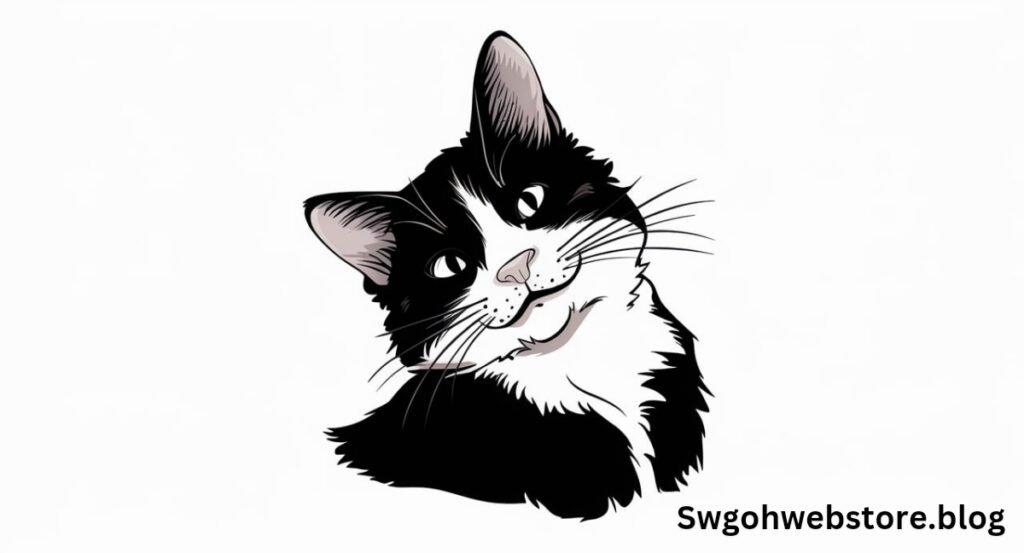
Before you start drawing:a4z_-ymtkr8= cat, you’ll need some basic supplies. Pencils are essential, and having a range from H to B grades will give you versatility in shading and detailing. Erasers, especially kneaded ones, are useful for making corrections without damaging your paper.
Good quality drawing paper is important as it holds your pencil marks well and allows for smooth shading. A sharpener is also a must-have to keep your pencils sharp and ready for fine details. These basic tools are the foundation of your drawing kit for drawing:a4z_-ymtkr8= cat.
In addition to basic supplies, there are optional tools that can enhance your drawings. Blending stumps help smooth out shading and create a more realistic look. Fine liners can add sharp details and outlines, making your cat drawings more defined and professional.
If you want to add color to your drawing:a4z_-ymtkr8= cat, consider using colored pencils or markers. These tools allow you to experiment with different color schemes and bring your drawings to life. With the right materials, you’ll be well-equipped to start your journey in drawing cats.
Custom Pens
Are you ready? When you hold these colorful paintbrushes and your heart is filled with longing for beautiful things, then a creative painting journey about cats begins. From delicate whiskers to lively eyes, every stroke will be a witness to your deep conversation with the cat world. Let the soul fly freely with the brush, and enjoy the pure joy brought by creation! A paintbrush is not only a messenger of color but also a source of inspiration and the best companion for painting. It makes every touch of paper a journey of exploration and creation. Freely expressed on the canvas, whether it’s delicate ink strokes or dazzling color collisions, the brush can accurately convey inner emotions and imagination. You can choose your favorite custom pens. This is not just a paintbrush, it is an extension of your personality and creativity, making every work contain a unique soul. The process of painting, thanks to this exclusive brush, becomes even more enjoyable and satisfying. Grab your paintbrush and embark on an artistic journey full of brilliant colors and creativity!

Understanding Cat Anatomy in drawing:a4z_-ymtkr8= cat
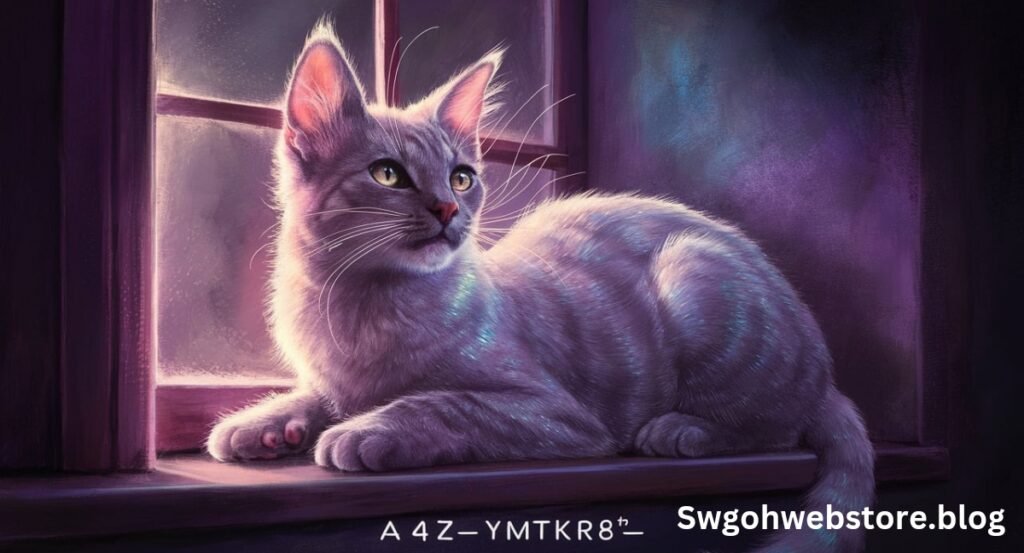
To excel in drawing:a4z_-ymtkr8= cat, it’s crucial to understand the basic anatomy of cats. Cats have a unique skeletal structure with a flexible spine, slender limbs, and a rounded skull. Familiarizing yourself with these key elements will help you create more accurate and lifelike drawings.
Start by observing the basic shapes that make up a cat’s body. The head is typically round, the body is elongated, and the legs are long and slender. Recognizing these shapes will simplify the drawing process, allowing you to build a solid foundation for your drawings.
Also Read: ALIASSHARE.SHOP: REDEFINING ONLINE SHOPPING WITH CONVENIENCE
Pay attention to how cats move and sit. Their movements are fluid and graceful, with a lot of flexibility in their spine and limbs. By studying these movements, you can create more dynamic and realistic poses in your drawings, capturing the essence of a cat’s behavior.
Understanding the proportions of a cat’s body is also important for drawing:a4z_-ymtkr8= cat. The head should be proportionate to the body, and the legs should be appropriately sized. Regularly checking your work against reference images will help ensure your drawings are accurate and well-proportioned.
Drawing a Cat’s Head in drawing:a4z_-ymtkr8= cat
To start drawing:a4z_-ymtkr8= cat, begin with outlining the head shape. Draw a simple circle for the head and add two smaller circles for the cheeks. Connect these shapes with gentle curves to form the basic outline of the cat’s head.
Next, add the facial features. Place the eyes halfway down the head, ensuring they are evenly spaced. Below the eyes, draw a small triangle for the nose and a soft “W” shape for the mouth. These basic placements will help you maintain proper proportions as you add details.
Detailing the eyes, nose, and mouth is crucial for bringing your drawing to life. Cats have distinctive almond-shaped eyes, so make sure to capture this shape accurately. Add the pupils and light reflections to make the eyes look lively. For the nose and mouth, add small details to enhance their shapes and expressions.
As you refine your drawing:a4z_-ymtkr8= cat, pay close attention to the ears and whiskers. Cats’ ears are triangular and often positioned alertly. Whiskers should be drawn with light, curved lines extending from the muzzle. These details will add character and realism to your cat drawing.
Drawing the Body of drawing:a4z_-ymtkr8= cat
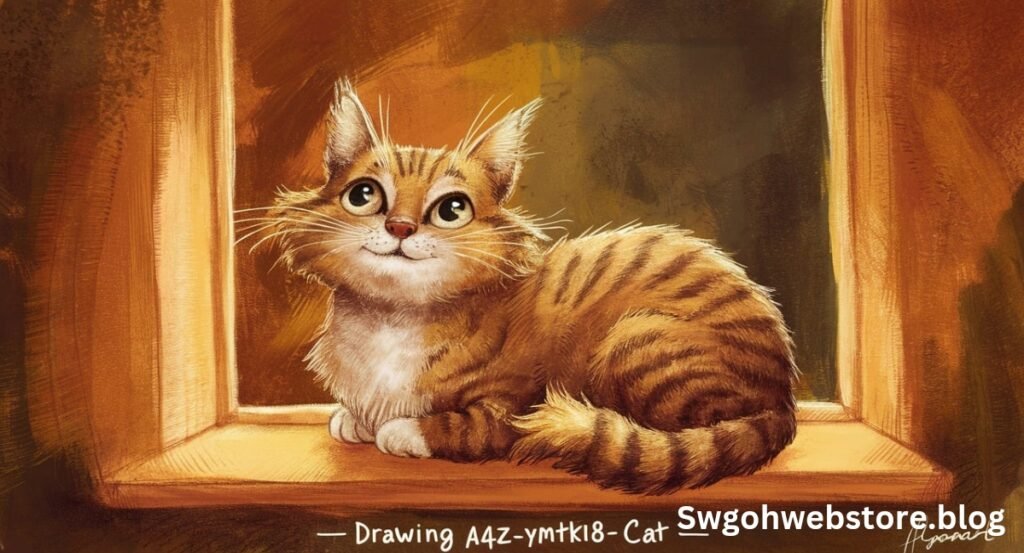
When drawing:a4z_-ymtkr8= cat, start by sketching the basic body proportions. Draw a larger oval for the body and connect it to the head with a smooth curve. This will serve as the framework for your cat’s body, helping you maintain proper proportions.
Next, focus on drawing the legs and paws. Cats have long, slender legs, so begin by marking their positions with simple lines. Add joints to indicate where the legs bend, and then flesh out the shapes of the legs and paws. Pay attention to the positioning and size to ensure they look natural.
Adding the tail is an important step in drawing:a4z_-ymtkr8= cat. Draw the tail starting from the base of the spine, using smooth, flowing lines. A cat’s tail is very expressive, so you can play around with its position to convey different emotions or actions.
As you refine the body, make sure to add details like the contours of the muscles and the natural curves of the cat’s form. This will add depth and realism to your drawing, making your cat look more lifelike. Regularly compare your sketch to reference images to keep proportions and details accurate.
Fur and Texture Techniques for drawing:a4z_-ymtkr8= cat
Creating realistic fur is an essential part of drawing:a4z_-ymtkr8= cat. Use short, quick strokes with your pencil to represent the texture of the fur. Pay attention to the direction the fur grows in, and vary the length and pressure of your strokes to create a natural look.
To add texture and depth to your drawing, layer your pencil strokes. Start with lighter strokes and gradually build up the darker areas. This technique will give your cat’s fur a more three-dimensional appearance. Be patient and take your time to achieve the desired effect.
Using a blending stump can help smooth out the shading and create a softer look for the fur. Lightly blend the areas where the fur is denser to add a more realistic texture. However, be careful not to over-blend, as this can make the fur look too smooth and lose its natural appearance.
Also Read: Beautiful:by5oj2_qmci= Flowers: Blooms That Inspire
Incorporate different pencil grades to enhance the texture of the fur in your drawing:a4z_-ymtkr8= cat. Softer pencils (B grades) are great for darker, shaded areas, while harder pencils (H grades) are useful for lighter, finer details. This variation will add depth and contrast, making your drawing more dynamic and lifelike.
Capturing Different Breeds in drawing:a4z_-ymtkr8= cat
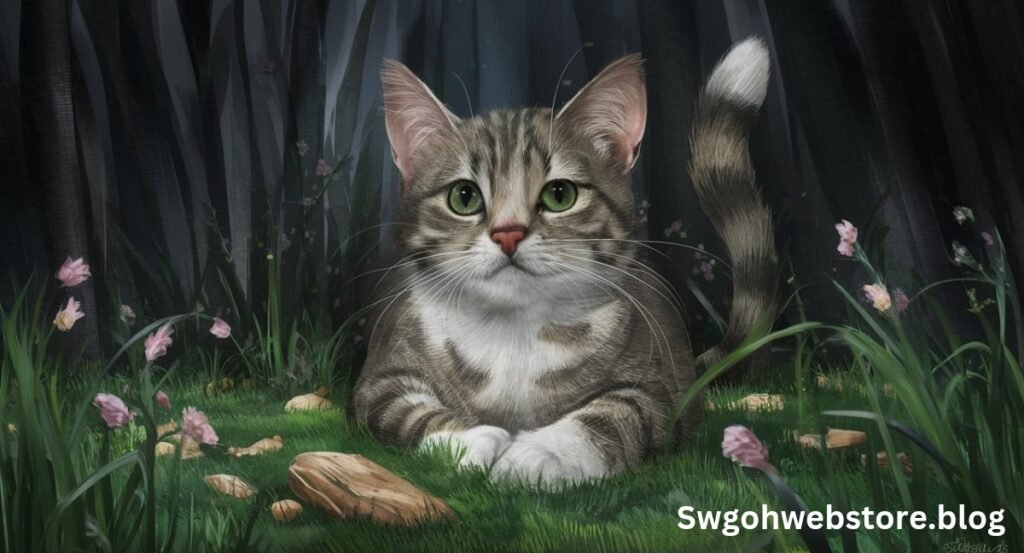
When drawing:a4z_-ymtkr8= cat, it’s helpful to explore different cat breeds, as each has unique features. Start with the Domestic Shorthair, which has a simple, streamlined body. Their smooth, sleek fur can be indicated with gentle, flowing lines, making them a good choice for beginners.
Persian cats, on the other hand, have rounder bodies and dense, fluffy fur. To capture their thick coat, use shorter, overlapping strokes to create the illusion of volume and texture. Pay attention to their distinctive flat faces and large, round eyes, which are key characteristics of the breed.
Siamese cats are known for their slender bodies, long limbs, and pointed faces. They have distinctive markings, with darker fur on their ears, face, paws, and tail. When drawing a Siamese cat, emphasize their sleek fur and elegant posture. Use smooth, continuous lines to depict their refined shape.
By practicing drawing different breeds in drawing:a4z_-ymtkr8= cat, you’ll improve your ability to capture various textures and proportions. This practice will also help you become more versatile in your drawing skills, allowing you to tackle any type of cat with confidence and accuracy.
Incorporating Personality and Expression in drawing:a4z_-ymtkr8= cat
To bring your drawings to life, focus on capturing the personality and expression of the cat. Start with the eyes, as they are often considered the window to a cat’s soul. Experiment with different eye shapes and sizes to convey various emotions such as curiosity, playfulness, or contentment.
Pay attention to the cat’s body language and gestures. A raised tail can indicate confidence or excitement, while an arched back might suggest fear or aggression. Likewise, a relaxed posture signifies comfort and trust. Incorporating these subtle cues into your drawings adds depth and realism, making them more engaging.
Use references to observe how cats behave in different situations. Study their interactions with objects, other animals, or humans to understand their natural expressions and movements. This observation will help you accurately depict these behaviors in your drawings, making them more authentic and relatable.
Experiment with different poses and scenarios to showcase the cat’s personality. Whether they’re stretching lazily, pouncing on a toy, or curling up for a nap, each pose tells a story and adds character to your drawing:a4z_-ymtkr8= cat. Remember, capturing these nuances requires patience and careful observation, but the results will be well worth the effort.
Using References Effectively in drawing:a4z_-ymtkr8= cat
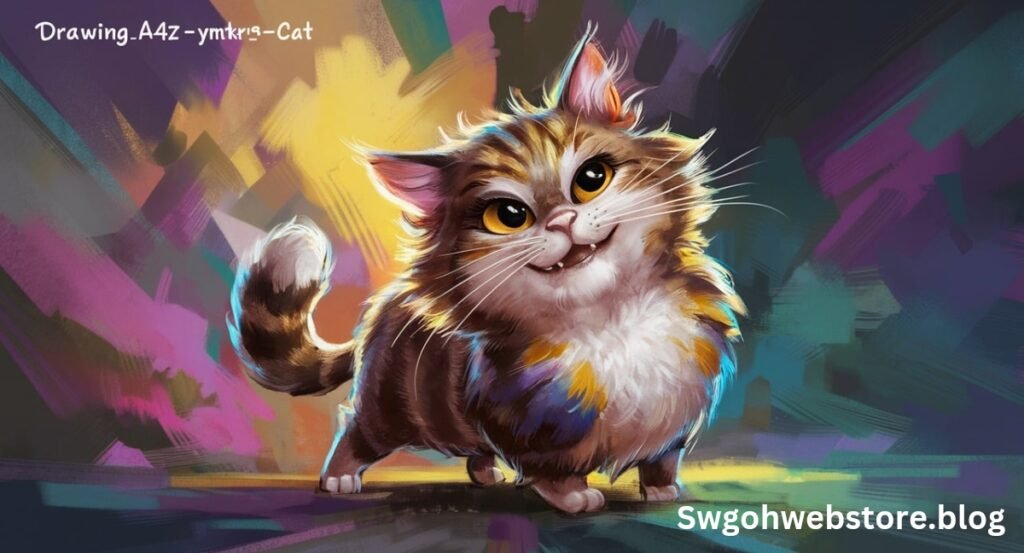
Effective use of references is crucial for improving your drawing:a4z_-ymtkr8= cat skills. Start by finding high-quality reference images of cats in various poses and angles. Websites like Pinterest, Unsplash, and Pexels offer a wide range of photos that you can use for inspiration and study.
When using references, focus on studying the cat’s anatomy and proportions. Pay attention to details such as the placement of features like eyes, ears, and paws. Use these observations to inform your own drawings, ensuring accuracy and realism.
While references are helpful, avoid simply copying them. Instead, use them as a guide to understand how different breeds look and behave. Incorporate your own style and interpretation into the drawing:a4z_-ymtkr8= cat, adding unique elements that reflect your artistic vision.
Also Read: Pizza Edition Games: A Culinary Adventure in Gaming
Regularly practice drawing from references to build your visual memory and improve your drawing skills over time. Start with simple poses and gradually challenge yourself with more complex compositions. This continuous practice will help you develop confidence and proficiency in drawing cats.
Advanced Techniques for drawing:a4z_-ymtkr8= cat
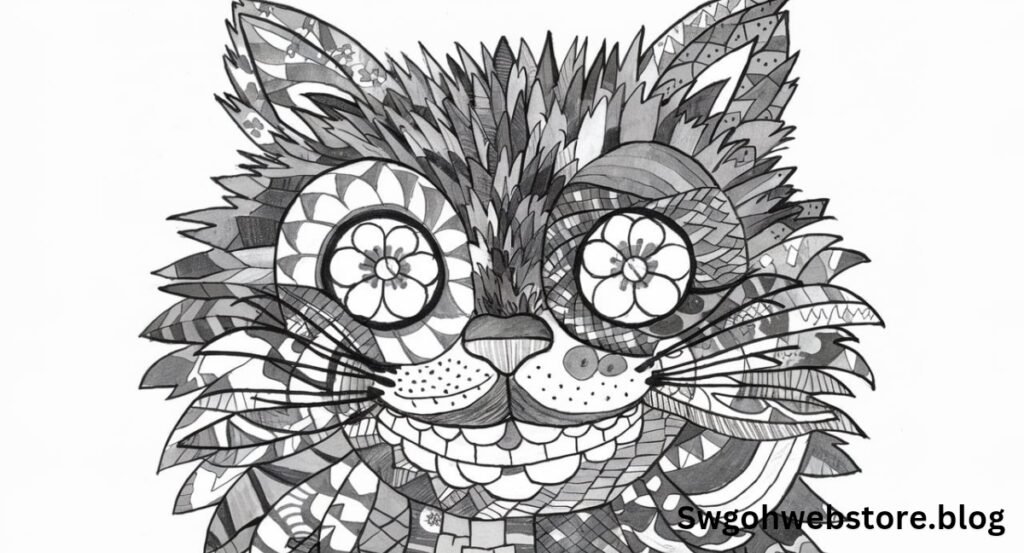
Drawing:a4z_-ymtkr8= cat offers opportunities to explore advanced techniques that enhance realism and creativity. Mastering shading and lighting is essential for creating depth and dimension in your drawings. Experiment with different pencil grades to achieve varying tones and shadows, understanding how light interacts with the cat’s form.
Creating dynamic poses adds energy and life to your drawings:a4z_-ymtkr8= cat. Study cat movements and experiment with poses such as jumping, stretching, or stalking. These actions not only showcase the cat’s agility but also challenge you to capture movement and fluidity in your artwork.
For digital artists, utilizing tools and software like Procreate, Adobe Photoshop, or Krita can expand your artistic capabilities. These programs offer features that mimic traditional drawing techniques while allowing for greater flexibility in editing and refining your drawings:a4z_-ymtkr8= cat.
Incorporate layers in your digital drawings:a4z_-ymtkr8= cat to separate different elements of your artwork. This enables you to make adjustments without affecting the entire drawing, facilitating experimentation and creativity. Take advantage of digital tools to enhance details, add textures, and create polished, professional-looking cat illustrations.
Finally, refining your drawing:a4z_-ymtkr8= cat involves reviewing and making final adjustments. Step back to assess the overall composition, ensuring balance and coherence in your artwork. Consider adding backgrounds or context to provide depth and narrative to your cat drawings:a4z_-ymtkr8= cat, enhancing their visual impact and storytelling appeal.
Conclusion
Drawing:a4z_-ymtkr8= cat is a delightful journey that combines observation, practice, and creativity. Whether you’re a beginner or seasoned artist, learning to draw cats offers a rewarding experience. By following this guide, you’ve gained essential skills in understanding cat anatomy, capturing expressions, and using various techniques to bring your drawings:a4z_-ymtkr8= cat to life.
Remember, every artist progresses at their own pace, so don’t be discouraged by mistakes. Instead, view them as opportunities to learn and improve. Consistent practice is key to refining your drawing skills and developing your unique style.
As you continue your artistic journey, explore different cat breeds, poses, and expressions. Use references effectively to deepen your understanding and add authenticity to your drawings:a4z_-ymtkr8= cat. Whether you prefer traditional pencil drawings or digital artwork, there are endless possibilities to explore in capturing the charm and grace of cats.
Lastly, enjoy the process of drawing:a4z_-ymtkr8= cat. Let your creativity flow and have fun experimenting with new techniques and styles. Whether you’re drawing for relaxation, personal fulfillment, or professional development, drawing cats is a wonderful way to express yourself artistically.
Keep practicing, stay patient with yourself, and most importantly, savor the joy of bringing these beloved creatures to life on paper or screen. Happy drawing:a4z_-ymtkr8= cat!
Frequently asked questions (FAQs) about drawing cats:
How long does it take to get good at drawing cats?
It varies for everyone, but with regular practice, you can see significant improvement in a few months. Patience and persistence are key!
What is the best medium for drawing cats?
Pencils are great for beginners due to their versatility and ease of use. As you progress, you can explore colored pencils, markers, or digital tools depending on your preferences.
Can I draw cats if I’m a beginner?
Absolutely! Start with simple sketches and gradually work your way up to more detailed drawings as you gain confidence and skill. Everyone starts somewhere, and practice is the best teacher.
How do I add personality to my cat drawings?
Focus on capturing the eyes and body language. Experiment with different expressions, poses, and gestures to convey the unique personality of each cat.
Where can I find more resources for drawing cats?
Online tutorials, drawing books, and courses are excellent resources. Websites like YouTube, Pinterest, and art communities offer a wealth of tips, techniques, and inspiration.

Emily, an 8-year veteran, blends tech savvy with wanderlust. His fashion-forward perspective and business acumen create captivating content. Explore realms where innovation meets style.